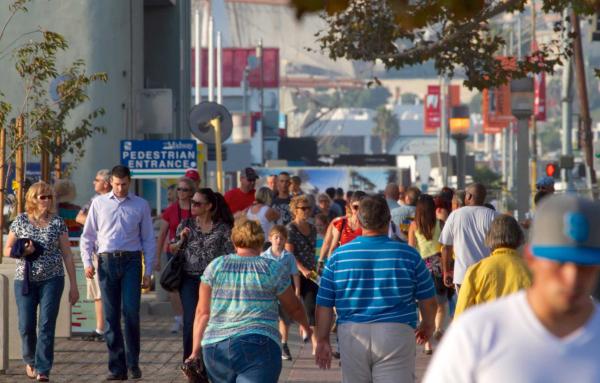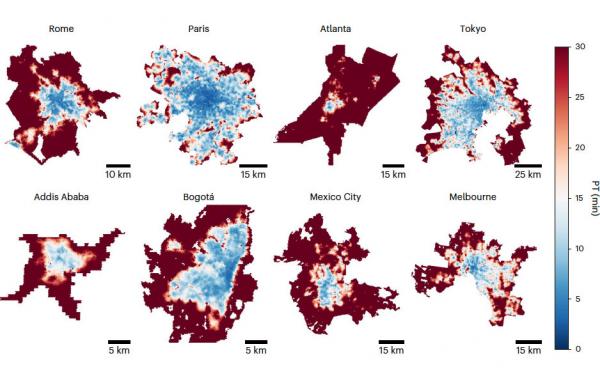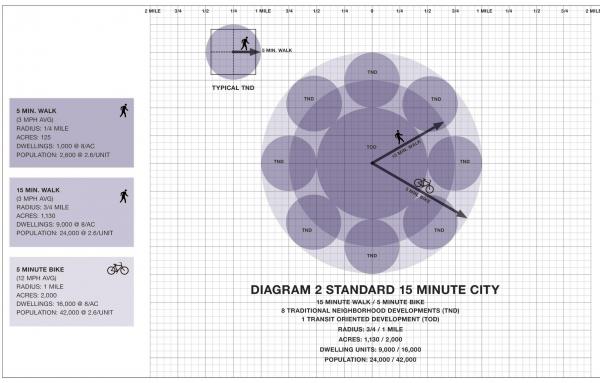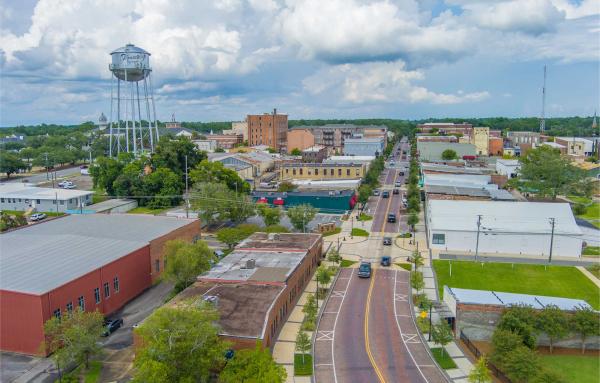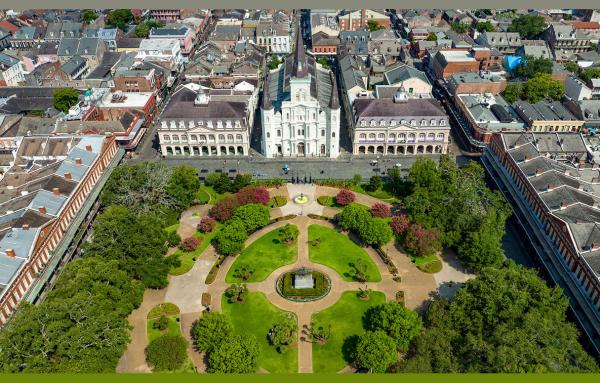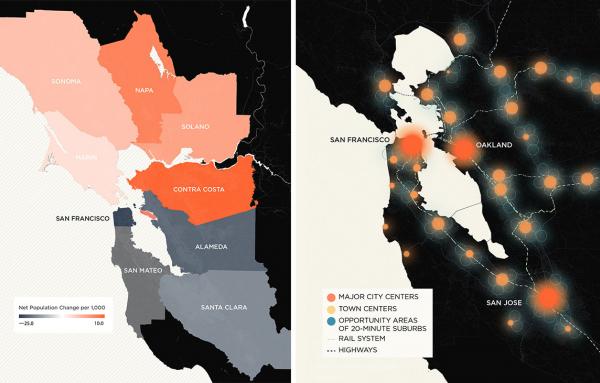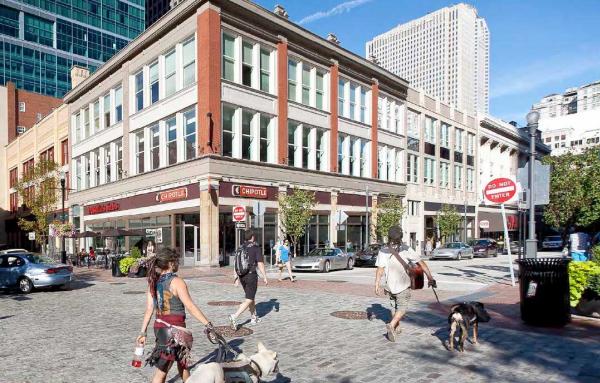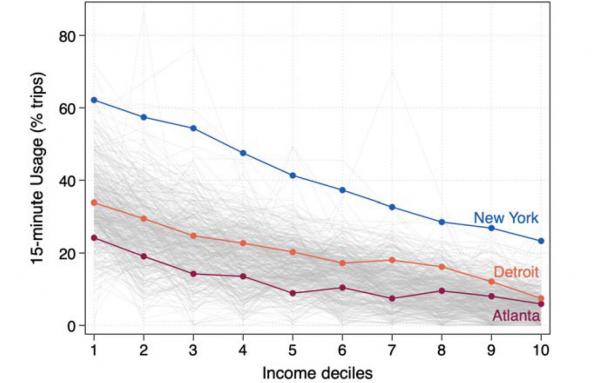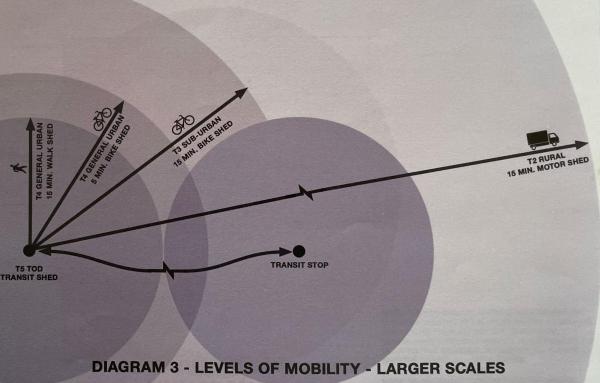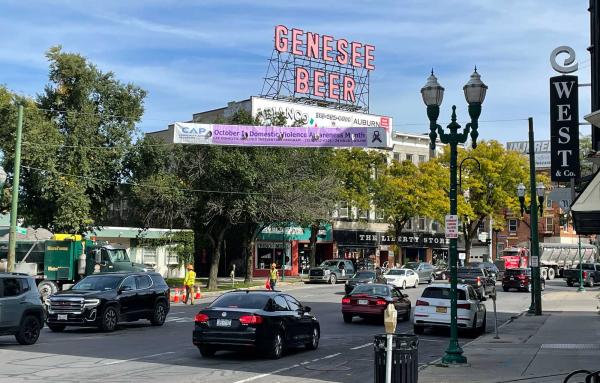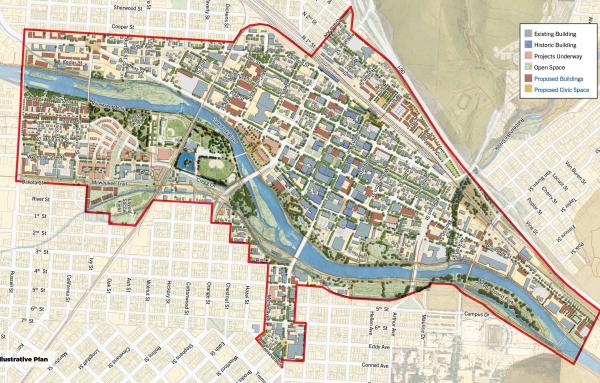15-minute city
But most people who work in a 15-minute city can’t afford to live there. We have to build more 15-minute cities to meet demand and make sure at least some housing in them is affordable.
Nature Cities journal has created an interactive online database showing 15-minute walking and biking access in cities worldwide.
The reality of suburban distances to retail and community amenities has inspired a new term: the “20-minute suburb.” The concept is an evolution of the 15-minute city, focusing on transportation, zoning, and strategic densification.
A majority African-American city in southern Georgia is redeveloping with the help of a Transect-based, walkable urban plan.
A photo essay illustrates elements that are critical for a successful 15-minute city.
The 15-minute city has nothing to do with restricting freedom—it's about restoring freedom.
An analysis by SOM argues that the suburbs are urbanizing as a result of shifting markets and people moving out of cities in the Bay Area of California. The firm examined what it called the “20-minute suburb,” based on the 15-minute city idea, to...
A theoretical framework based on walking and bicycling sheds makes the 15-minute city more useful to cities and planners.
Those who think “15-minute cities” are for wealthy urbanites should consider this graph from a recent nationwide study. It shows a powerful reverse correlation between household income and use of services and amenities within a 15-minute walk of...
Too often, the “15-minute city” is just a slogan. A better understanding of the 15-minute city, with its walking and bicycling sheds, is critical to achieving the benefits of placing human access at the heart of community planning.
For those who seek affordable, diverse urbanism in a community that needs committed residents, smaller, working-class cities have much to offer. Here's one in particular with 21st Century potential.
A Downtown Master Plan supports the urban diversity and access that are the goals of the 15-minute city, including affordable housing.
